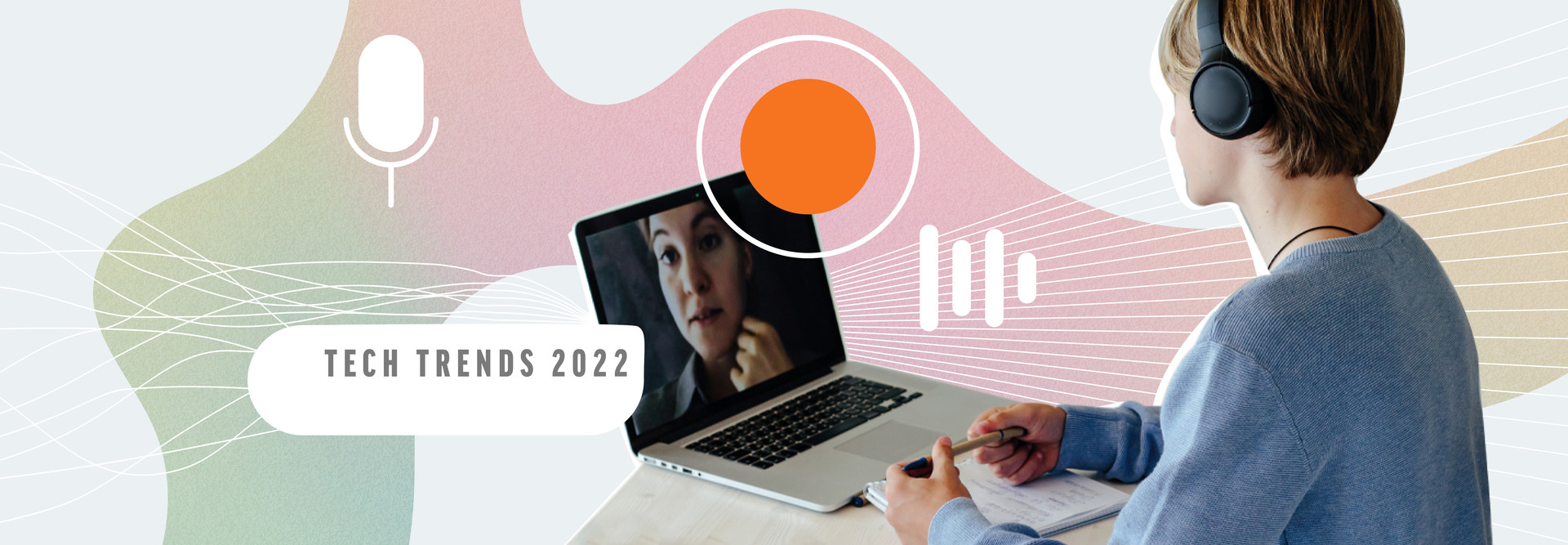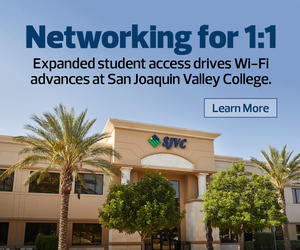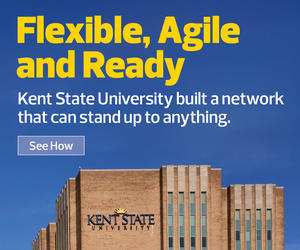“I don’t mean every single class and every single meeting will be HyFlex,” he says. “But it’s something we’ll be doing more and more of moving forward.”
Alexander is the author of Academia Next: The Futures of Higher Education, a book that examines future scenarios based on current economic, demographic, political, international and policy forces at play, and he believes that current trends suggest the new year will bring more engaging student experiences. “There are faculty, staff and students who have found these new technologies are actually pretty useful. They’ve had to rethink: How do you connect with a student? And that rethinking has helped them connect better in face-to-face classrooms,” he says.
Here’s a look at the emerging technologies that higher education institutions are experimenting with to improve learning experiences, decrease faculty workload and increase enrollment in 2022.
MORE TECH TRENDS: Four technologies and approaches helping higher ed achieve digital equity.
1. Increased Adoption of Learning Analytics and Adaptive Learning
Informed by data gathered from learning analytics, adaptive learning is an education platform that modifies class materials according to an individual learner’s needs.
As enrollment and retention rates decline, more higher education leaders are working toward implementing adaptive technologies to attract and improve the success of non-traditional students.
At Arizona State University, the institution is preparing to launch Orchard, an adaptive learning platform that will make it easier for students to engage with other disciplines, or revisit earlier courses if they need to fill knowledge gaps.
According to Matt Rhoton, CTO at ASU’s enterprise unit EdPlus, one of the platform’s benefits is that it will offer personalized education journeys for adult learners looking to build their own degrees.
















